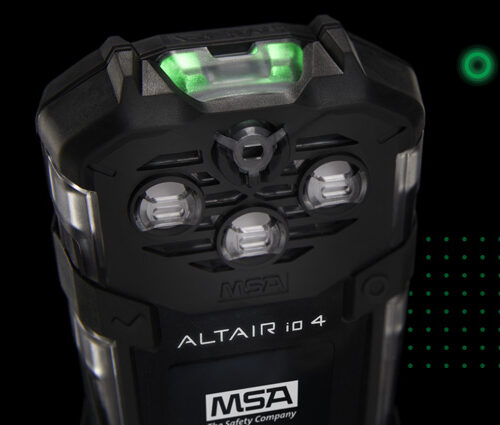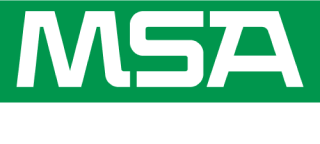
A hazardous atmosphere inside of a confined space is one of the most dangerous, yet frequently unnoticeable risks of confined space worksites.
Hazardous atmospheres inside of a confined space are those which expose workers to risk of death, incapacitation, injury, or acute illness from one or more of the following causes:
- Atmospheric oxygen concentration below 19.5% (oxygen deficiency). OSHA defines an oxygen-enriched atmosphere as that containing more than 23.5% oxygen by volume.
- Atmospheric concentration of any toxic contaminant above OSHA’s permissible exposure limit (PEL).
- Airborne combustible dust at a concentration that obscures vision at a distance of five feet or less.
- Immediately dangerous to life or health (IDLH) atmosphere which poses immediate threat of loss of life, may result in irreversible or immediate severe health effects, and may result in eye damage, irritation or other conditions which could impair escape.
These risks make it critical to monitor air quality around you in real-time. Oxygen deficiency or enrichment conditions, as well as hazardous vapor and gas concentrations must be detected with reliable instrumentation.
Atmospheric Hazards in Confined Space
Here is a breakdown of the hazardous vapor and gas concentrations that can be present in confined spaces.
Oxygen (O2)
The atmosphere has a 21% oxygen level. Oxygen can be harmful to workers in confined spaces in two ways – deficiency and excess.
Carbon Monoxide (CO)
Carbon Monoxide poisons the body by being absorbed into the bloodstream and preventing the blood from taking up and transporting the necessary oxygen to cells and organs.
Carbon Dioxide (CO2)
Carbon Dioxide is not only able to displace oxygen within confined spaces, but it is also toxic.
Hydrogen Sulfide (H2S)
Hydrogen Sulfide is a highly toxic gas that irritates the eyes, nose, throat, and respiratory system. High concentrations can lead to coma and even death.
How To Choose the Right Portable Gas Detector for Confined Space
When it comes to safety, choosing a gas detection solution you can trust is about more than compliance – it’s about having peace of mind.
Here are the key things to consider when selecting a gas detection solution.
1. Robustness + Ruggedness
Confined spaces are tough environments. Gas detectors that can withstand with these conditions are necessary in confined space environments. The detectors should be shock resistant, waterproof, and dust proof. Check for a Certified Ingression Protection (IP) rating to indicate device durability.
2. Advanced Sensor Technology
The sensors are the heart of the equipment. Sensors should:
- Have a long life.
- Come with a warranty that lasts for several years.
- Have a fast response time. The faster a sensor responds, the more time workers have to react and reach safety.
- Provide accurate readings of multiple gases. Accurate alarms can help inform the actions needed to help keep workers safe.
- Have automatic sensor life warnings. Automatic notification on sensor life warnings allows for proactive maintenance and helps to minimize downtimes
3. Battery Life
Battery capacity is key to a device’s ability to be on duty for long hours in between charges. The longer the service life of the battery, the less maintenance and attention is required, and the longer you can spend monitoring with less time and money spent on maintenance.
4. Fast, Effective Maintenance
Automated test systems calibrate and bump-test gas detectors automatically. A test stand should be able to select a gas cylinder automatically and help you save gas volume.
5. Cloud Connectivity and Software-as-a-Service
Software-as-a-Service consolidates all information from portables in one place. It should bring data from devices together in a user-friendly format so that safety professionals can take a proactive approach to their portables by knowing in advance which devices need maintenance.








